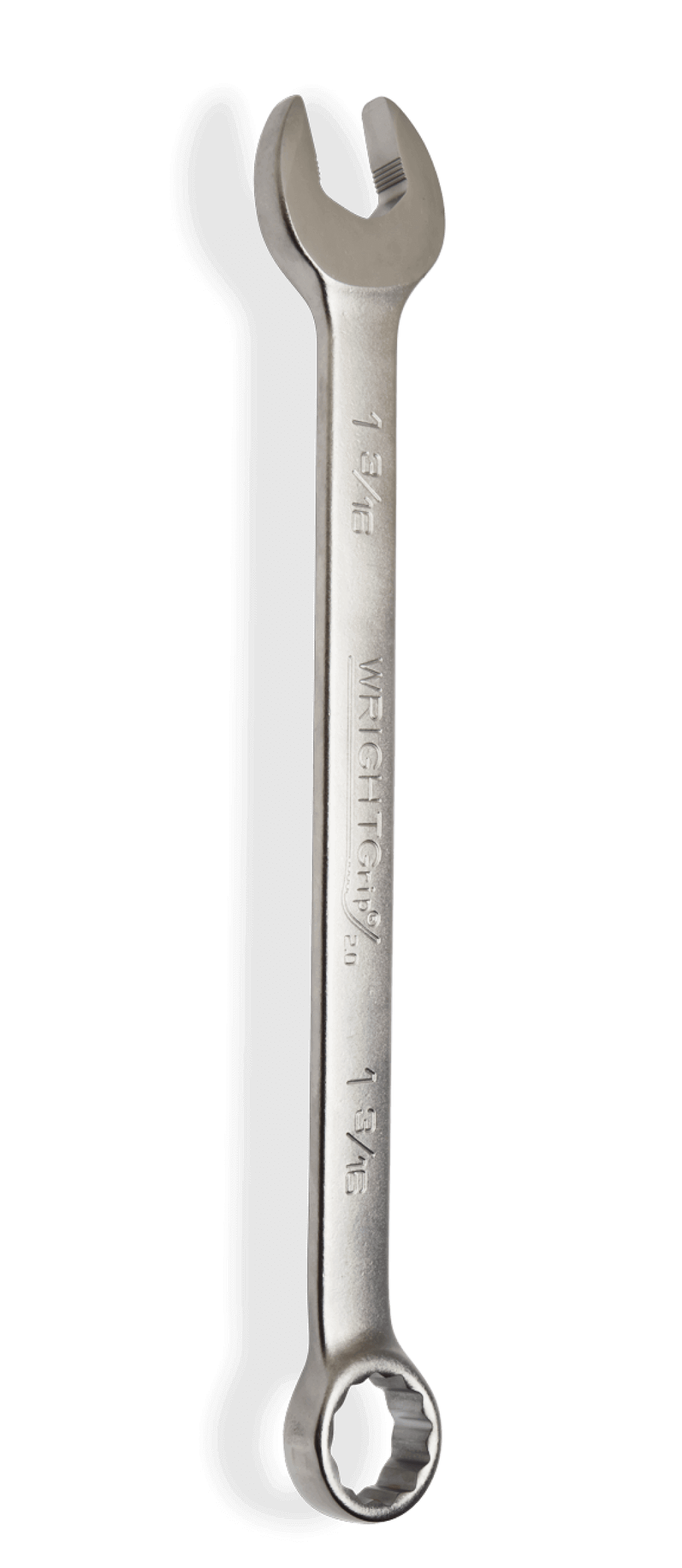July 11, 2022
Safety Tips for Impact Sockets
Impact sockets are designed to handle the torque and absorb the momentary shock of each impact without the socket failing or shattering. Even though they are designed to handle torque, it’s still important to know the basics when it comes to impact sockets.
- Always Wear Safety Goggles.
Before a user picks up a tool, they need to think about their safety. When working on a jobsite, materials can chip or break apart, which can cause damage or blindness to the user if not using proper safety precautions. Safety goggles are designed to take in this type of impact and prevent eye injuries from flying objects. Good safety goggles should also have side protectors.
- Use Only Impact Sockets on Impact Guns.
Never use chrome sockets on impact guns, they should only be used with handheld ratchets. Chrome sockets can crack or shatter if used with an impact gun. Only impact sockets that are rated for impact guns should be used as they are less likely to shatter when in use. Impact sockets are designed to handle the torque and absorb vibration without failing.
- Never Exceed a Gun Pressure Rating of 90 psi.
Most pneumatic tools are rated for 90 psi and using a higher psi will mean replacing your tool in half the time you should have to. Using less pressure than is recommended by the manufacturer will result in the tool underperforming. Pneumatic tools should also be routinely oiled as recommended by the manufacturer.
- Don’t Dwell Longer than Necessary to Get Torque.
When using an impact tool on a socket, don’t dwell on it when it’s stopped as this can damage both the socket and the fastener.
- Do Not Hold Attachments While Impact Tools Are Running.
Holding impact sockets, universal joints or extensions while impact tools are running can result in serious hand and wrist injury. Never hold impact sockets in your hand when in operation, only hold the impact wrench. Never assume impact sockets are securely attached to drive tools. Make sure the ball or pin is engaged. For larger drive sizes, use “O” rings or retaining rings for safe and secure attaching.
- Use Adapters Only for Special Applications, Not for General Use.
Engineered for use with impact drivers, adapters are used to provide more options for dealing with unexpected applications. Chrome adapters should never be used with power tools, only hand tools. Adapters can be solutions for lost or broken sockets and fill the gaps in incomplete size ranges, extending the capability of your existing socket offering. Adapter strength is limited to the smallest drive square member.
As a rule, when using adapters, only go +/- one drive size. Also, it is recommended that retaining rings are always used with pneumatic drive tools and sockets.
Safety isn’t complicated or hard but is an important step to ensure the user avoids injuries. Using these safety tips will allow for a safer work environment and ensures user safety. For more information on safety and to sign up for our safety program, visit https://www.wrighttool.com/safety.






